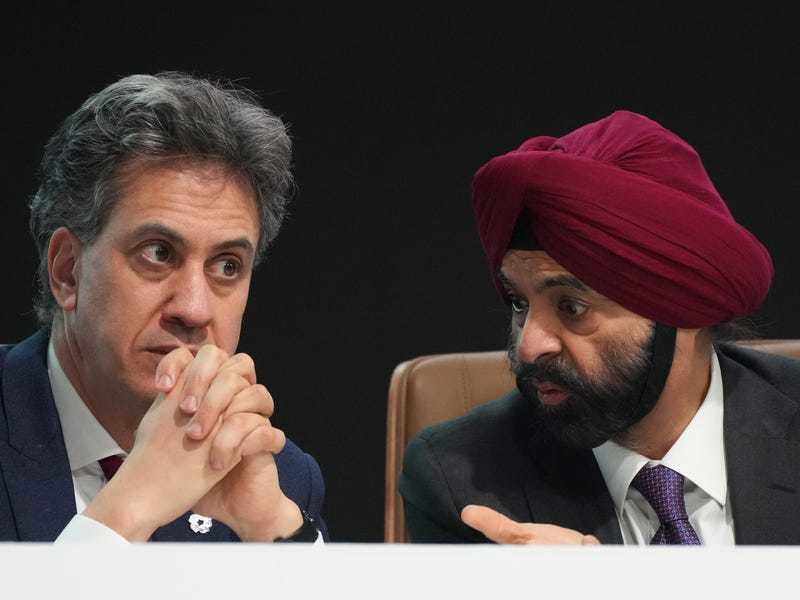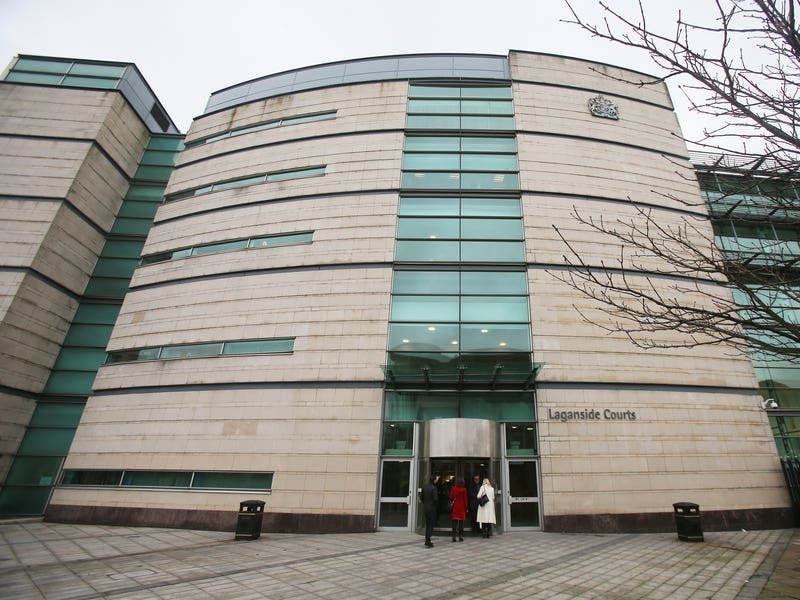The UK is hoping to provide essential communication between the moon and scientists on Earth as multinational plans to build a new space station around the moon get under way.
The UK Space Agency is bidding for a slice of key activity on the proposed Lunar Orbital Platform – Gateway, a future outpost intended to serve as a laboratory and short-term accommodation post for astronauts exploring the moon.
In November, the next round of funding decisions will be determined by the European Space Agency (ESA) of which the UK is a member.
Guildford-based SSTL, a manufacturer of small satellites, is being supported by the UK Space Agency in its bid to be the technology provider for communications, allowing astronauts and rovers on the moon to send data back and forth between the moon, the space station, and Earth.
Sue Horne, head of space exploration at the UK Space Agency, said it was not only bidding for communication but also the refuelling features of the joint effort.
“Europe – hopefully, if we get sufficient subscriptions – will be building the habitation module and the service module,” she told the PA news agency.
“In the UK, we would like to do the communications system and the refuelling element but there will be a lot of competition for the refuelling element.

“Looking to the future moon programme, there’s a lot more commercial activity and there is a UK company that is planning to develop a commercial communications service around the moon, because there is India, Israel, the US and China all sending missions, there is a demand for communications services, so there is a company, SSTL, who are looking to put that service in place and the UK Space Agency is helping them in that endeavour.”
Ms Horne said Italy was the biggest possible competitor for the UK on the communications side, while the French and Germans were challengers for refuelling.
Developing an ISS-style space station around the moon could not only increase the number of missions to the lunar surface, but could be used as a testing ground for putting humans deeper into our solar system.
“There’s a lot of technology we have to develop and the best place to test it out is on the moon,” she continued.
“It’s nearer, and therefore cheaper and easier to test it out on the moon, so we need to use the moon as a test bed to enable us to do the more distant places like Mars.”
Nasa is aiming to return astronauts to the moon by 2024, after US vice president Mike Pence called for an acceleration in pace.
The last time humans walked on the moon was in December 1972 during the Apollo 17 mission.
On July 20, the world will commemorate 50 years since the first moon landing, Apollo 11, which saw Neil Armstrong and Buzz Aldrin walk on the lunar surface.






